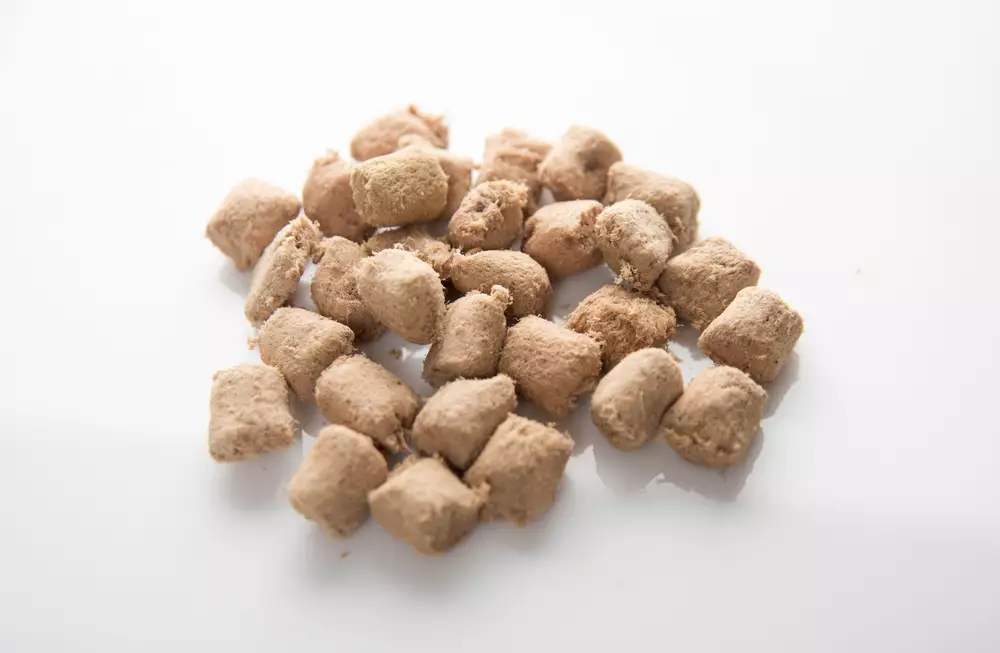The pet food industry is experiencing an exciting transformation, and dog food is at the forefront of this evolution. Pet owners are increasingly aware of the impact that diet can have on their furry companions’ health and well-being. As a result, they are gravitating towards innovative food options that promise more than just sustenance. Among these, freeze-dried and air-dried dog foods are emerging as frontrunners, catering to a growing demand for premium nutrition. This article scrutinizes these two distinct categories, highlighting their unique benefits, potential drawbacks, and the investment they require.
Understanding Freeze-Dried Dog Food
Freeze-dried dog food employs a sophisticated process designed to preserve the integrity of raw ingredients. By freezing the food and removing moisture in a vacuum, this method locks in nutrients and flavor, offering a product that closely mirrors what canines would naturally consume in the wild.
The benefits of freeze-dried dog food are manifold. Not only does it significantly preserve vitamins, minerals, and enzymes, but it also boasts a long shelf life that eliminates the need for artificial preservatives. This form of pet nutrition promotes enhanced coat conditions, improved digestive health, and a noticeable uptick in energy levels—a trifecta that every dog owner desires. However, the cost can be a sticking point for many, ranging from $25 to $50 per pound, making it a premium choice that requires consideration of budget and lifestyle.
Exploring the Air-Dried Alternative
Air-dried dog food offers a more gentle drying approach, wherein the food is exposed to warm air to evaporate moisture. This method retains many nutrients while providing ease of use, as it can often be served without any preparation. Adopting air-dried food means embracing convenience—perfect for pet owners who are always on the go or seeking a lightweight option for travel.
Though air-dried food typically costs less than its freeze-dried counterpart, averaging between $20 to $40 per pound, it still offers a high-quality alternative to traditional kibble. The slow drying process keeps much of the nutritional profile intact, ensuring dogs benefit from a nutrient-dense diet. Still, because of the gentle heat involved, some vitamins and enzymes may degrade slightly compared to freeze-dried options.
The Nutritional Breakdown: Which is Better for Your Dog?
When weighing the benefits of both food types, it’s crucial to understand not only their nutritional advantages but also how they stack up against one another. Freeze-dried options deliver enzymes and nutrients from raw food that many experts argue lead to better digestibility and overall health. Dogs consuming freeze-dried diets often exhibit vibrant coats and improved energy, while the raw nature of the meals can foster better gut health.
On the other hand, air-dried dog food does not require rehydration and can typically be served straight from the bag. This is a significant convenience factor, especially for busy pet parents. While air-dried foods may not confer the exact same benefits associated with raw diets, they remain a step above the conventional kibble, usually boasting higher protein content and fewer fillers.
Considerations: Cost, Storage, and Safety
Both freeze-dried and air-dried dog foods come with unique considerations. For one, transitioning a dog from kibble to either of these new diets should be done gradually to prevent digestive upset. Starting with small amounts and mixing with the current food in increasing proportions is advisable.
Storage is another crucial aspect. Freeze-dried dog food boasts an extended shelf life, often lasting for years when unopened. However, once the bag is opened, it should ideally be consumed within a month, and some brands recommend refrigeration to maintain freshness. Conversely, air-dried food, while still maintaining a long shelf life, typically requires careful sealing to prevent spoilage.
Safety is an ever-present concern when dealing with raw diets. Freeze-dried foods carry a mild risk for bacterial contamination if not sourced from reputable brands, although many companies implement stringent processes to minimize risks. Air-dried options fare better in this regard, as their drying method can reduce the presence of pathogens.
Final Thoughts on High-Quality Pet Nutrition
The evolution within the dog food industry reflects a growing awareness of the relationship between diet and health. As we move towards options that prioritize the wellbeing of our pets, freeze-dried and air-dried dog foods exemplify this positive shift. Selecting the right food will always depend on individual canine needs, owner preferences, and financial considerations. Ultimately, the learning curve towards better nutrition is well worth the journey for both you and your four-legged companions.


Leave a Reply